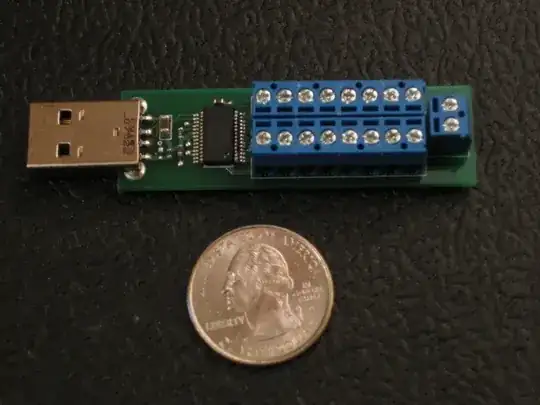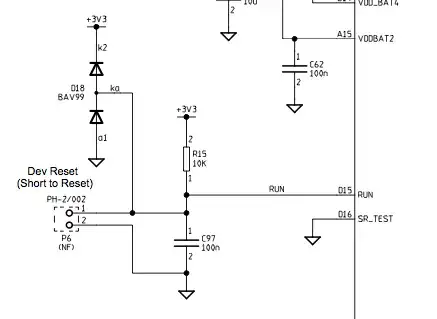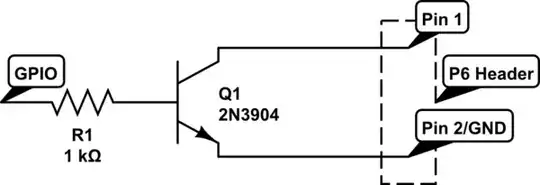This may be an easy question for electronically inclined, but I am not too savy in that area.
I have a little bramble in a rack, where I don't necessarily have access. The bramble has an x86 master board that I can always access (KVM switch). The pis all are powered from the same psu as the server, so I can reboot them all by cycling the server. However this is cumbersome and I'd prefer to reboot them individually even in situations where the OS isn't running or responsive.
I would love for someone to share schematics for a cheap, easy to build usb controlled circuit breaker, that could reboot them individually (or in smaller groups though I doubt that buys us anything).




USB GPIOmodule with a transistor connected to the P6 Reset pin Header. – cde Apr 19 '13 at 14:01